Yosegi-zaiku is a way of obtaining wood-like designs intarsia. The difference lies in the technique and specificity of the drawings, which are geometric. The method is specific to Hakone, less than 100 km from the Japanese capital Tokyo, and is almost unheard of in other parts of Japan. As I have always been impressed by traditional Japanese carpentry, this way of getting aesthetic veneers with incredible designs caught my attention.
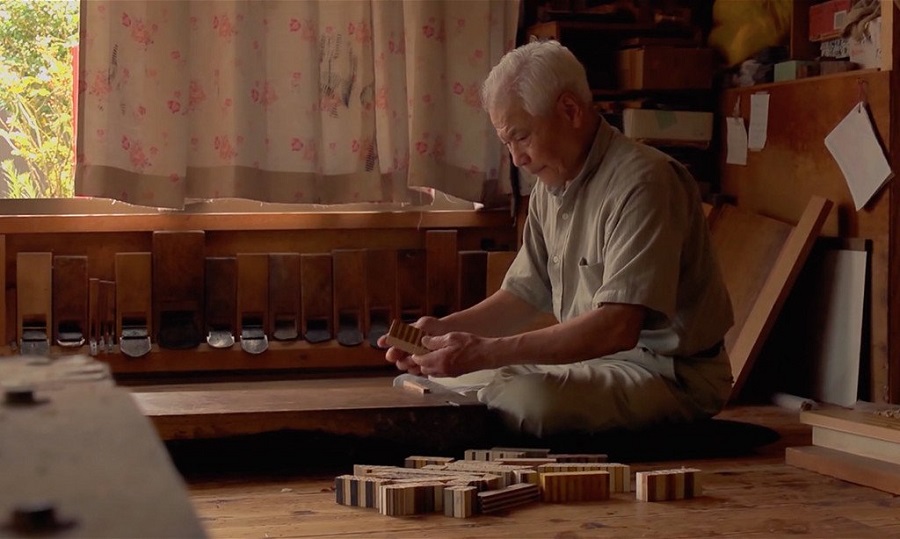
When and how Yosegi-zaiku appeared
Yosegi-zaiku is not as old a tradition as Kumiko or Sasano Boribut it's just as spectacular. It originated in the late Edo period, around 1850. Its inventor was a master carpenter - Ishikawa Nikei - from the village of Hatajuku near Hakone. He first made the decorative veneers from small pieces of wood that are still so popular today. In 1984, Japan's Ministry of Industry and Commerce declared Yosegi-zaiku a traditional national craft.
Hakone is a mountainous, heavily wooded area renowned for its diversity of wood species. These species are different both in structure and design and, above all, in colour. It is this wide variety of colours that has made this Yosegi-zaiku possible.
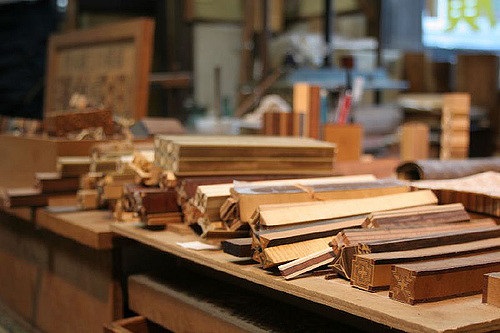
What this exotic name means
The name of the craft says exactly what it stands for:
- yose = to gather, to put together;
- gi = wood;
- zai = small, sensitive;
- ku = work
Loosely translated, Yosegi-zaiku is the art of putting small pieces of wood together to make delicate patterns.
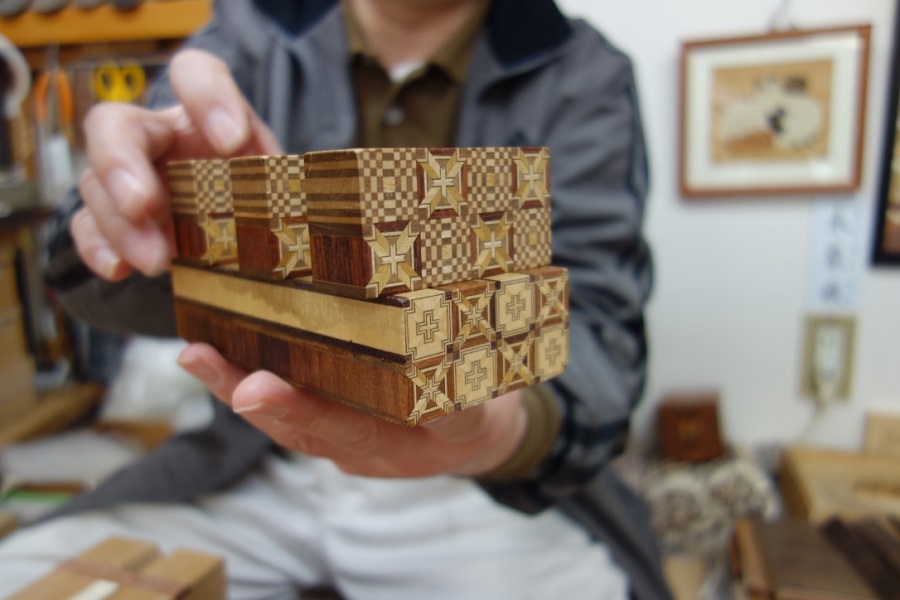
How to get veneers
First the wood of different species is chosen according to colour and texture. It is chosen frasin for white, cherry for light brown, Japanese magnolia for dark brown and many other species in the area that each comes with its own specific colour.
Each piece of wood is then cut and processed to produce very fine wooden rods of different colours. These are glued together in the form of a hexagon, cylinder or parallelepiped so that in section they form a geometric pattern from the play of colours. No stain or other colouring is used. The design results, as with classical inlay, from the difference in colour between the different species of wood.
After the glue has cured, the hexagons (or other shapes) are cut into smaller pieces that are glued together to form a larger piece with a geometric design - Tanegi. This makes small wooden panels with the same geometric pattern or, using pieces of several kinds of 'tubes', with different patterns. At the end very thin aesthetic veneers - Duku - are removed using a very sharp razor blade. The veneer obtained is smoothed with an iron and then glued onto various objects.
It's a laborious process and from the time the wood is cut to the time the veneer is made can take days, maybe even weeks.
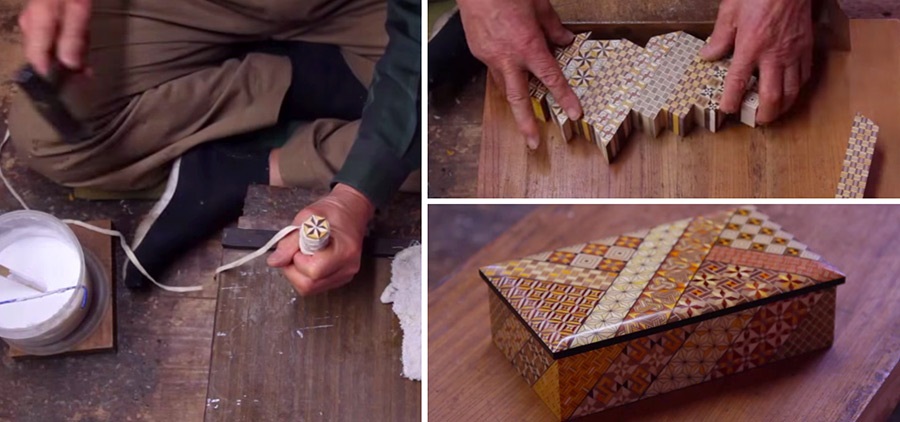
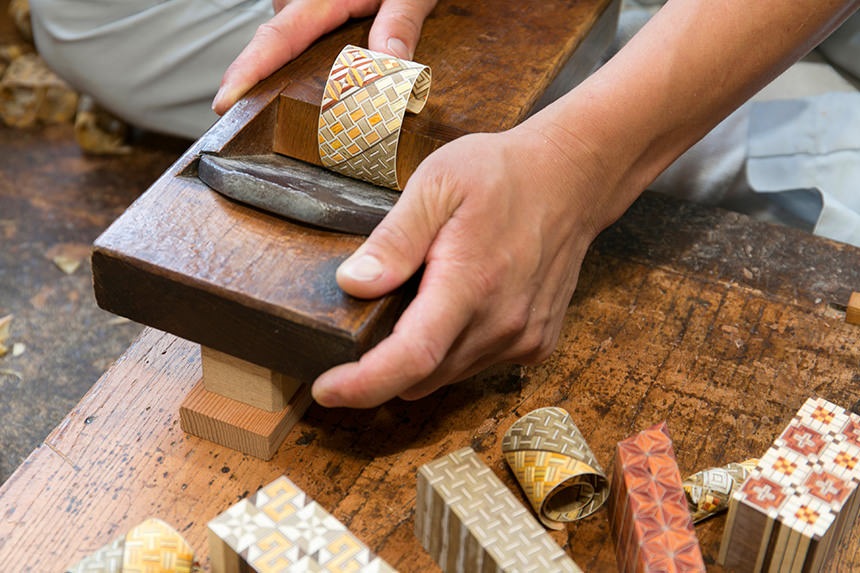
What veneers are used for
The veneers are glued to boxes, vases, door or drawer fronts of furniture, decorative objects. After the adhesive is applied and the veneers are placed on the object, the surface is carefully smoothed with a flat piece of wood to remove air or any excess adhesive so that everything comes out perfectly in the end. All the operations, from cutting the fine wooden rods to gluing the veneer, are done by hand.
Traditionally there are 60 basic designs, but the multitude of colours of local wood species make their number unlimited. The basic models each have a specific name and there are clear indications on the wood to be used.
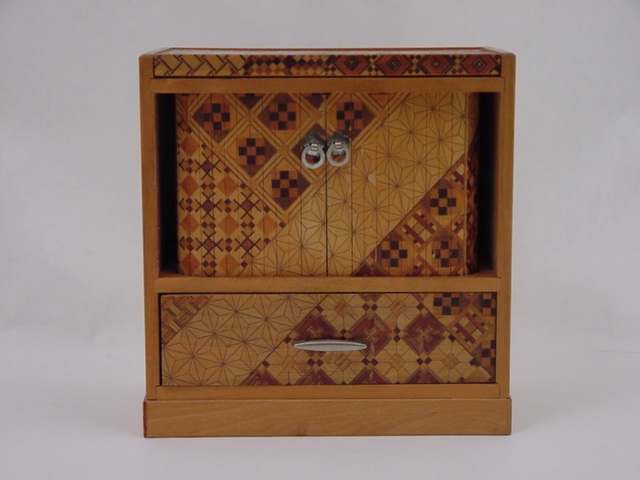
The new wave of masters. Yosegi-zaiku in the 21st century
There was a period when interest in the craft waned. Those interested in learning were fewer and fewer, and the true masters remained fewer and fewer. Interest was revived with the state's involvement in preserving traditions.
The revival of this art gave rise to a new generation of craftsmen, called Zoukubayashi, who brought the craft back into the 21st century. They make mouse pads, mobile phone covers, car key fobs with veneers made from pieces of wood. But it all stays in the Hakone area, where the tradition was born and developed.
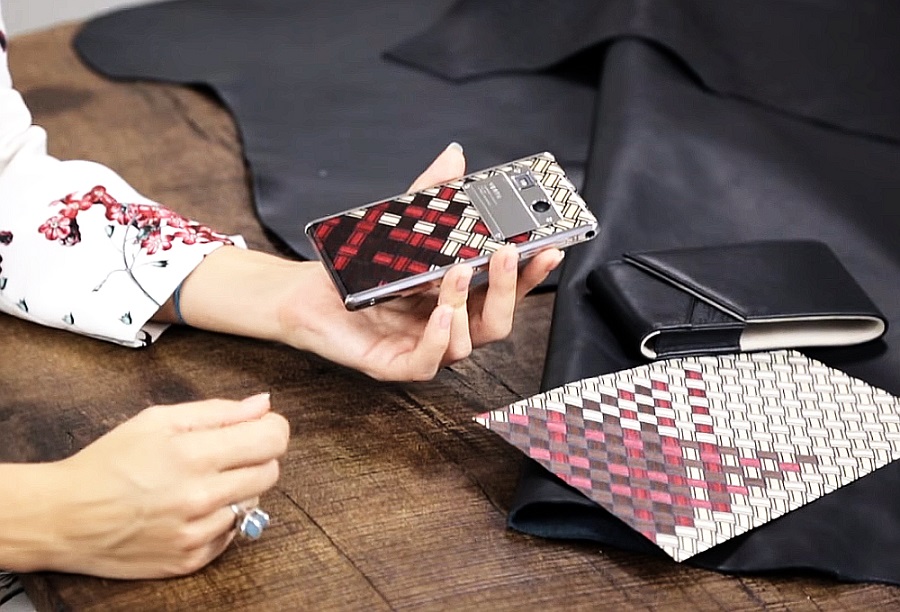
Because no matter how well I explain the process, it is impossible to realise the finesse with which these craftsmen work to create the wonderful veneers, I invite you to watch the video below. Who knows, you may find inspiration for your future projects.



















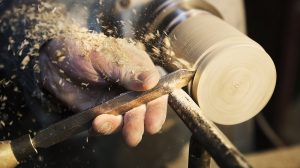

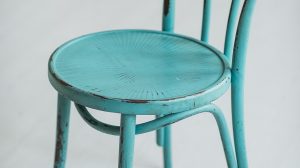


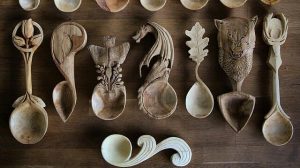


Add comment